After the reunification of the country (April 30, 1975), Ho Chi Minh City faced numerous difficulties and challenges in terms of economy, culture, politics , society, especially people's lives. The problem for the young city at that time was to quickly overcome the consequences of war, while finding a direction for economic and social development, escaping the crisis.
In the most dire circumstances, stories of "breaking the fence", "breaking out", and breakthrough methods have been applied by Ho Chi Minh City, bringing about great achievements, helping to turn the situation around. The unique solutions of Ho Chi Minh City in the first 10 years after the country's reunification are the premise and practical basis for the whole country to enter the period of innovation.
Nearly 50 years after the country's reunification, Ho Chi Minh City has grown strongly, affirming its position as the economic and cultural center of the whole country (Photo: Trinh Nguyen)
Looking back on the 50-year journey of formation and development of Ho Chi Minh City, former leaders, experts and scientists all agreed that solidarity, proactiveness, creativity and innovation have become the tradition of the locality in all historical contexts. Before the time to step firmly into the new era with the whole country, these factors need to continue to be aroused and promoted more strongly, to overcome existing problems, create the premise to break down all barriers and reach the world.
"The innovations that were initially considered "breaking the fence" and "breaking the fence" were later recognized as the first breakthroughs in the innovation process, being dynamic, creative, daring to think, daring to do, daring to take responsibility," Associate Professor, Dr. Phan Xuan Bien, Vice President of the Vietnam Historical Science Association, said.
Overcoming the crisis
Associate Professor Dr. Phan Xuan Bien reviewed the history of the revolution from 1930 to the present, the Party has used the word "dangerous" twice to describe the situation of the revolution. The first time was in the period of 1945-1946, the second time was after the country's reunification until 1986.
"In the second time, the situation was very complicated, creating serious challenges in many areas of life, with difficulties both at home and abroad," the expert said.
After April 30, 1975, the city faced economic, cultural, political and social problems. The depletion of raw materials for production and inappropriate management methods greatly affected the management and operation of production and business in the first two years after the country's reunification.
Associate Professor, Dr. Phan Xuan Bien, Vice President of the Vietnam Historical Science Association (Photo: Huu Khoa).
Inflation sometimes reached 740%, people's lives declined, becoming increasingly difficult. This was followed by another cultural and social crisis.
"At that time, many localities and establishments sought ways to cope, overcome difficulties, and find a way out. Ho Chi Minh City was one of the outstanding bright spots, demonstrating heroic spirit and nature," Associate Professor, Dr. Phan Xuan Bien acknowledged.
At this time, the first leaders of Ho Chi Minh City proposed a policy of finding every solution to take care of the people, production and business, and revive the city in crisis. Ho Chi Minh City leaders "ran for rice every meal" for 3.5 million people, and established a food purchasing team.
This group went all the way to the Mekong Delta, overcoming many difficulties, barriers, harassment, and even arrests, to purchase food at agreed prices. The Ho Chi Minh City Party Committee also researched the base, surveyed, and promoted explorations and initiatives that were considered "fence-breaking" at that time.
Innovations that were initially considered "breaking the barrier" and "breaking the barrier" were later recognized as the first breakthroughs in the innovation process, as dynamic and creative.
Associate Professor, Dr. Phan Xuan Bien, Vice President of Vietnam Historical Science Association
With those breakthrough solutions at that time, Ho Chi Minh City called on the working class, laborers, and civil servants to dare to think, dare to do, dare to take responsibility, gradually escape from old ways of thinking and doing, and find ways to solve important and urgent problems.
Associate Professor Dr. Nguyen Danh Tien, Director of the Institute of Party History, Ho Chi Minh National Academy of Politics, said that since 1979, Ho Chi Minh City's economy has shown its limitations when industrial output has seriously decreased, the industry and trade sector has encountered many difficulties, and farms and cooperatives have been operating at a loss. At that time, the city's leaders had to borrow assets and gold from the people to exchange for USD, import raw materials for factories, exchange new ways of doing things, seek initiatives, promote production and create conditions for all economic sectors.
With that "breaking the fence", since the early 80s, the economy of Ho Chi Minh City has had some improvements. The dynamism and creativity of Ho Chi Minh City has resulted in the proportion of industrial production accounting for more than 30% of the total output of the country.
"Throughout many ups and downs, the Party Committee and people of Ho Chi Minh City have always upheld and promoted the spirit of self-reliance, with the spirit of working together with the whole country, for the whole country. The dynamic and creative tradition of Ho Chi Minh City is the key factor to bring success over the past 50 years," Associate Professor, Dr. Nguyen Danh Tien shared.
Ho Chi Minh City needs to overcome institutional bottlenecks
Mr. Pham Binh An, Deputy Director of the Ho Chi Minh City Institute for Development Studies, said that over the past 10 years, from the resolutions of the Politburo, the Central Committee has supported the issuance of many specific mechanisms and policies for localities. Resolution 54 of the National Assembly on specific mechanisms and policies for the development of Ho Chi Minh City has been initiated and spread to many localities.
In the 2021-2026 period, the National Assembly passed resolutions on specific mechanisms and policies for 9 provinces and cities. This shows that the current institutions have not kept up with development and there are many limitations in the design and planning process.
"The inadequacies in the special urban management model like HCMC were mentioned in the early 2000s, with the easy-to-understand image that the city was wearing a shirt that was too tight for its rapidly growing body," said Mr. Pham Binh An.
Mr. Pham Binh An, Deputy Director of Ho Chi Minh City Institute for Development Studies (Photo: Huu Khoa).
Ms. Pham Phuong Thao, former Chairwoman of the Ho Chi Minh City People's Council, said that in the past 50 years, the Politburo has had 4 separate resolutions on Ho Chi Minh City, and the National Assembly has also issued specific mechanisms and policies to develop the city. This shows that the Central Government always listens to Ho Chi Minh City, and the vivid reality in the city is also a premise for the Central Government to issue new mechanisms and policies for the whole country.
Former leaders of Ho Chi Minh City said that the locality still faces many bottlenecks and backlogs, especially in terms of institutions. These bottlenecks have affected the spirit of working enthusiastically, daring to think, daring to do, making some people afraid of risks when performing public duties because of certain conflicts between mechanisms and policies.
"First of all, Ho Chi Minh City needs to quickly overcome institutional bottlenecks and remove pending projects to continue to develop strongly in the future," the former Chairman of the Ho Chi Minh City People's Council suggested.
Former Chairwoman of Ho Chi Minh City People's Council Pham Thi Phuong Thao (Photo: Huu Khoa).
Mr. Huynh Dam, former Chairman of the Central Committee of the Vietnam Fatherland Front, said that the proud achievements of Ho Chi Minh City in the past 50 years were based on four words: "unity, initiative, creativity, breakthrough". In the past, the city "broke down the fence" to solve local problems, helping the Central Government enter a period of innovation. At present, this spirit needs to continue to be promoted to help the whole country overcome the identified bottlenecks.
"HCMC has identified the institutional bottleneck as its problem, so it must untie itself. Institutional bottlenecks are created by humans, due to incorrect assessment of the situation or failure to keep up with reality. In addition, HCMC urgently needs to strongly reform its organizational apparatus to move into a new era," said Mr. Huynh Dam.
Dantri.com.vn
Source: https://dantri.com.vn/xa-hoi/tphcm-tu-xe-rao-sau-ngay-thong-nhat-den-vai-tro-tien-phong-doi-moi-20250325203552344.htm


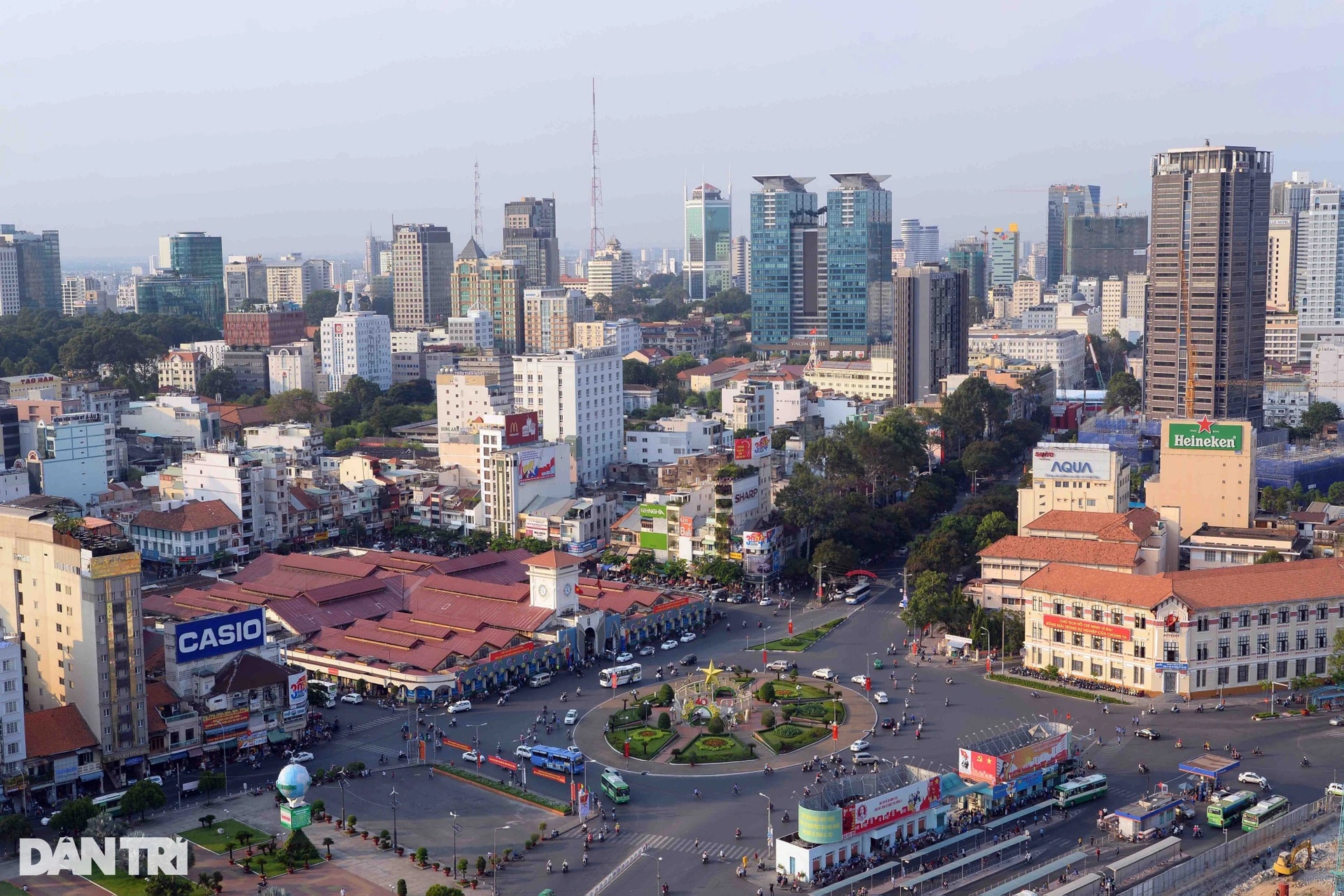
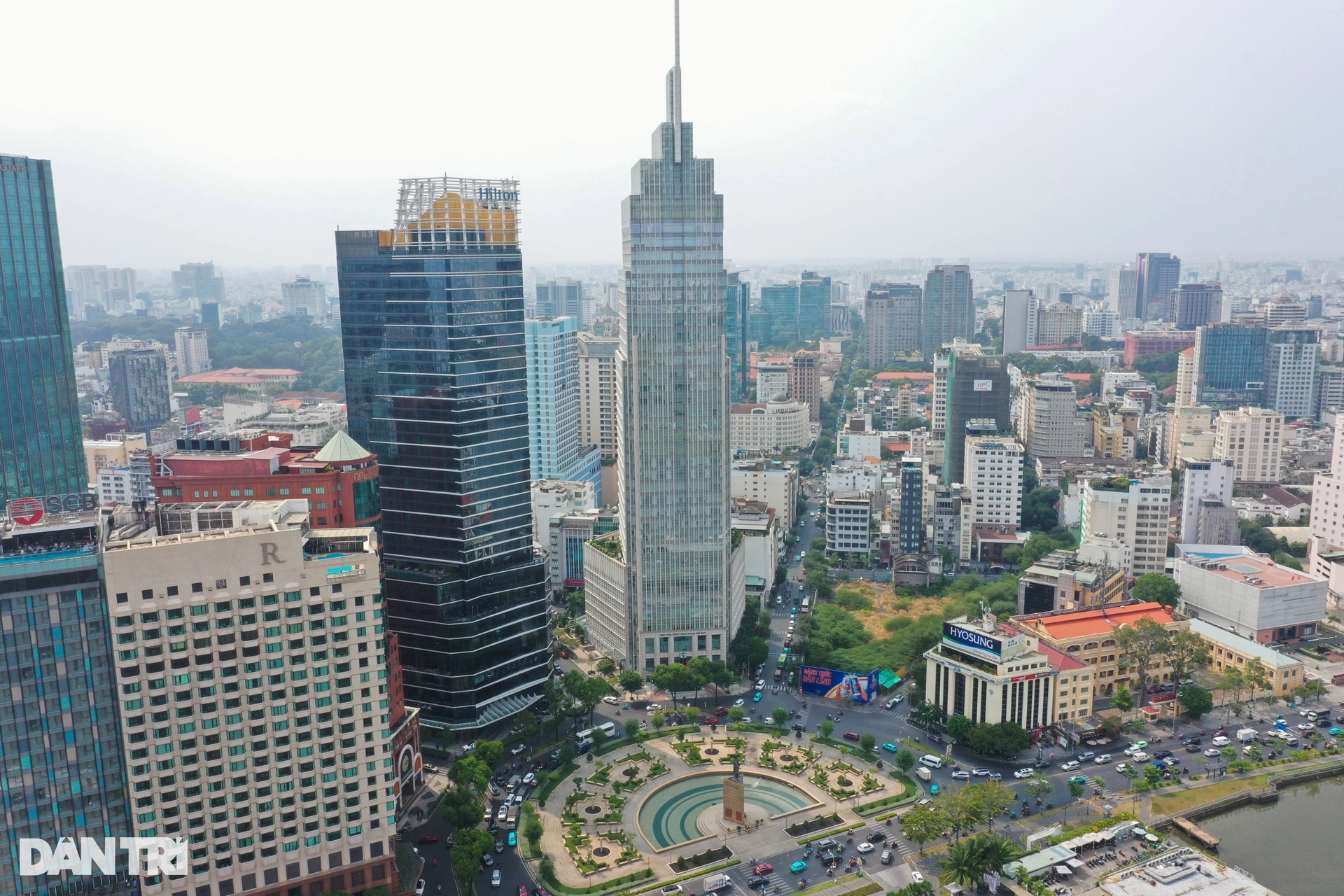
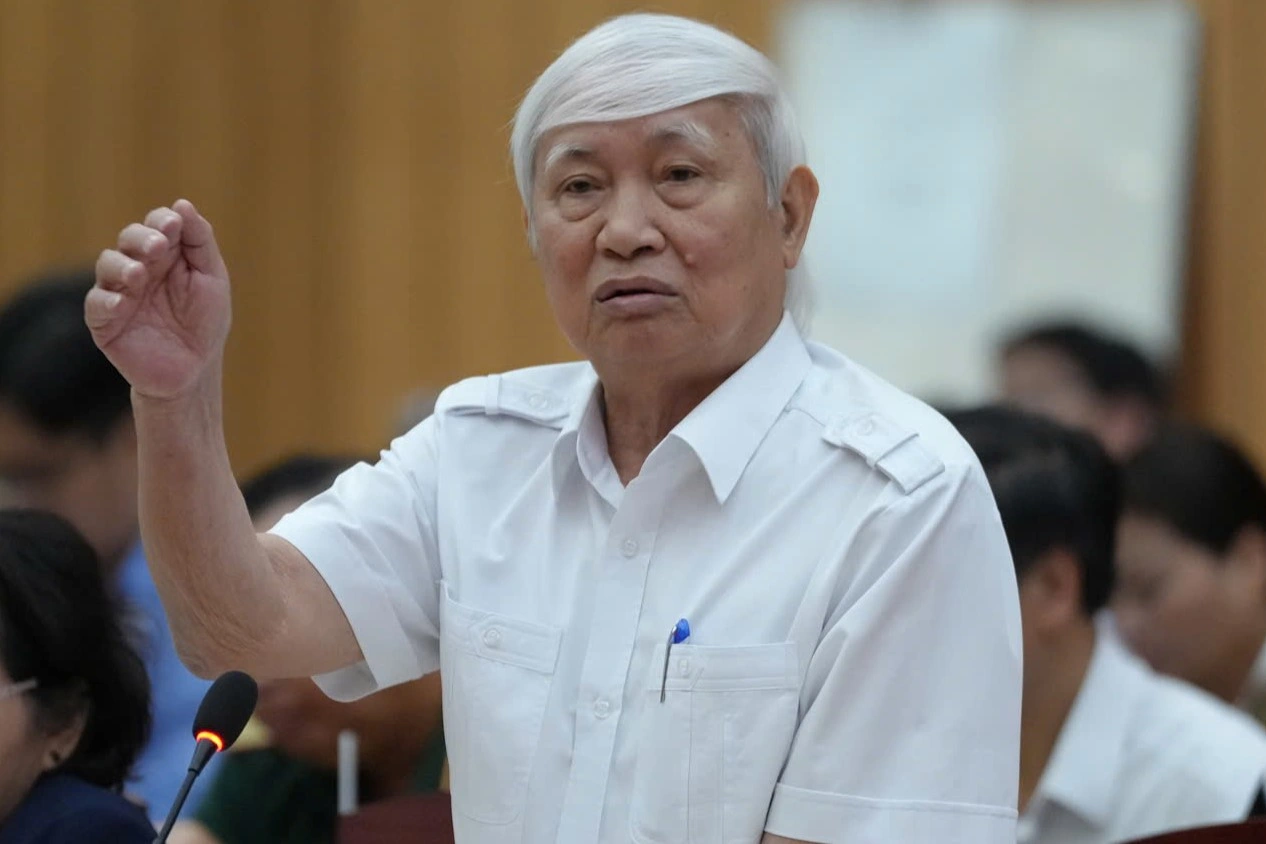

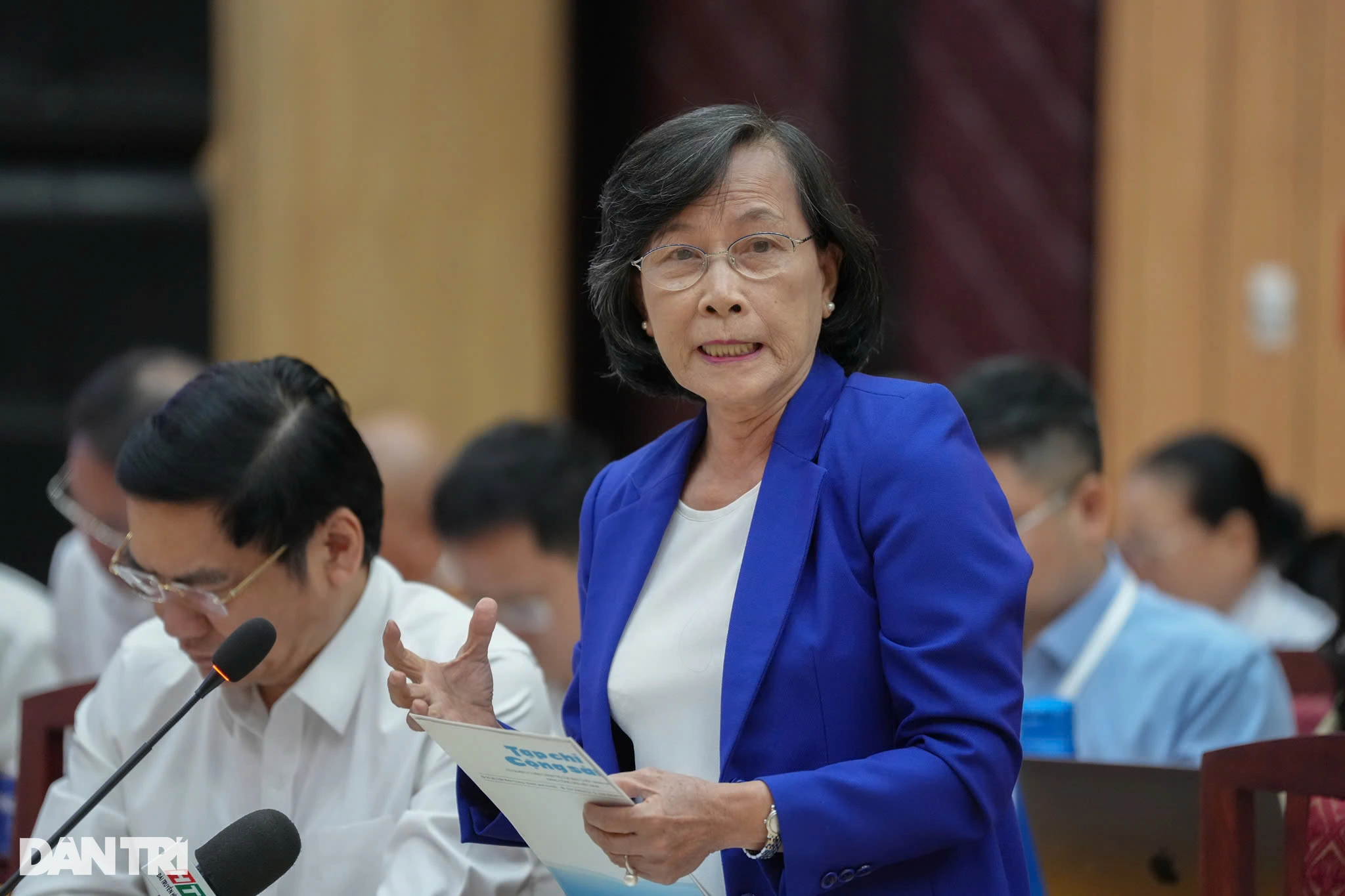
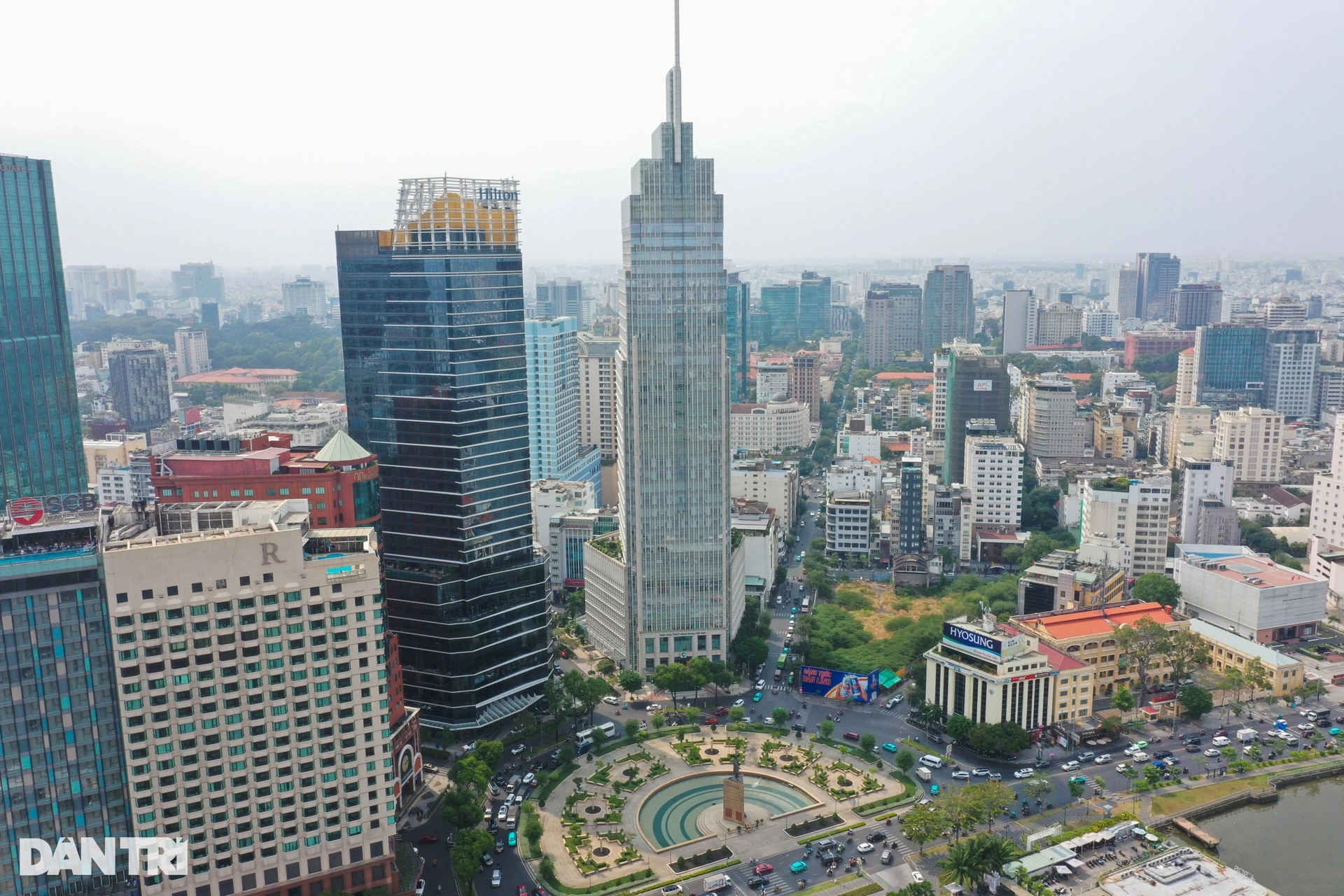
![[Photo] President Luong Cuong presents the 40-year Party membership badge to Chief of the Office of the President Le Khanh Hai](https://vphoto.vietnam.vn/thumb/1200x675/vietnam/resource/IMAGE/2025/5/19/a22bc55dd7bf4a2ab7e3958d32282c15)
![[Photo] Close-up of Tang Long Bridge, Thu Duc City after repairing rutting](https://vphoto.vietnam.vn/thumb/1200x675/vietnam/resource/IMAGE/2025/5/19/086736d9d11f43198f5bd8d78df9bd41)

![[Photo] General Secretary To Lam attends the conference to review 10 years of implementing Directive No. 05 of the Politburo and evaluate the results of implementing Regulation No. 09 of the Central Public Security Party Committee.](https://vphoto.vietnam.vn/thumb/1200x675/vietnam/resource/IMAGE/2025/5/19/2f44458c655a4403acd7929dbbfa5039)

![[Photo] Panorama of the Opening Ceremony of the 43rd Nhan Dan Newspaper National Table Tennis Championship](https://vphoto.vietnam.vn/thumb/1200x675/vietnam/resource/IMAGE/2025/5/19/5e22950340b941309280448198bcf1d9)


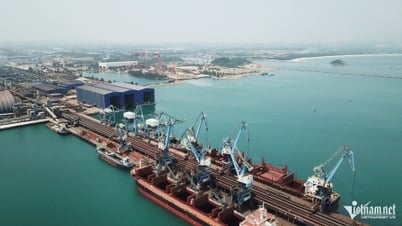

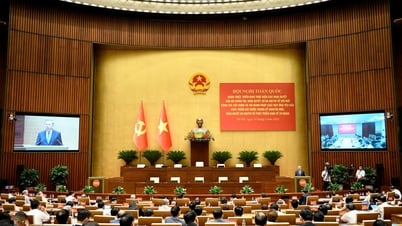
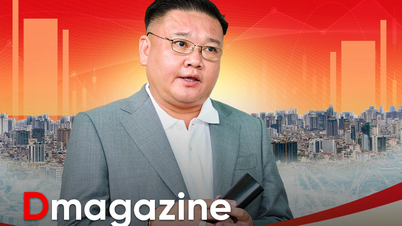


















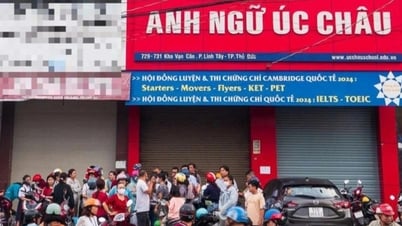

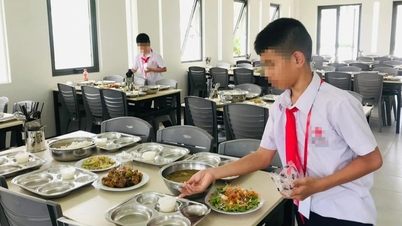

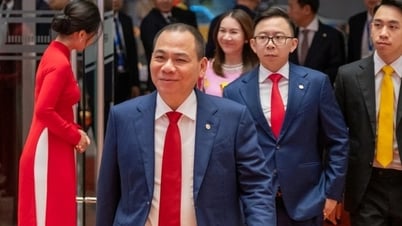
![[Photo] Prime Minister Pham Minh Chinh inspects the progress of the National Exhibition and Fair Center project](https://vphoto.vietnam.vn/thumb/1200x675/vietnam/resource/IMAGE/2025/5/19/35189ac8807140d897ad2b7d2583fbae)




































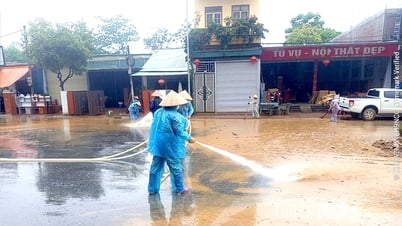

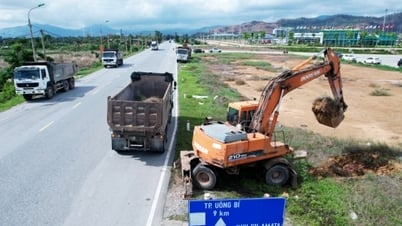









![[VIDEO] - Enhancing the value of Quang Nam OCOP products through trade connections](https://vphoto.vietnam.vn/thumb/402x226/vietnam/resource/IMAGE/2025/5/17/5be5b5fff1f14914986fad159097a677)



Comment (0)